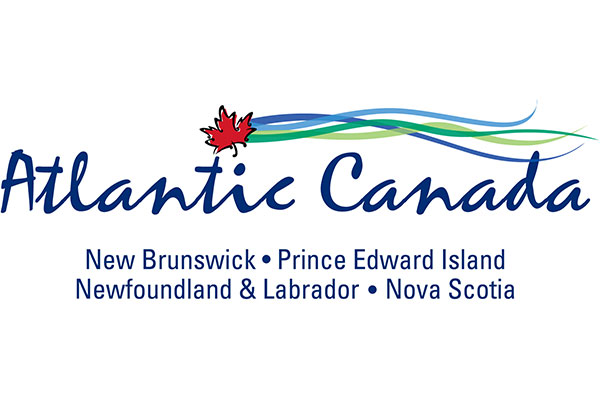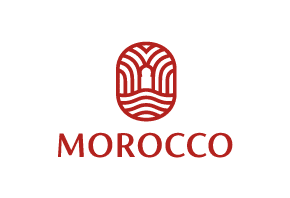Long haul low cost travel – will the concept ever take off?
TravelMole guest comment by Clement Wong, Euromonitor International
The global success of low cost carriers has not yet been translated across the board for long haul, with the majority of industry players cautious about applying the low cost model to long haul flights.
Asia seems to be leading the charge with long haul low cost carriers (LHLCCs). Air Sahara currently offers flights from Heathrow to New Delhi for £126, while Oasis Airlines plans to offer flights between London Gatwick – Hong Kong for a bargain £70 including seat-back TV entertainment and hot meals.
According to Tim Clark, president of Emirates, a £280 return flight from London to Sydney might one day be a reality, with the eventual arrival of the Airbus 380, making LHLCCs truly feasible.
Analysis suggests that carriers already at work in the long haul, low cost arena are operating a hybrid business model, incorporating the best of both low cost and legacy carriers. The multi-million pound question is – can LHLCCs achieve profitability?
Euromonitor International suggests that one answer may be for airlines to tie up with gaming companies, such as Partygaming, to offer onboard gaming to their captive audience as a way to improve profit margins.
Alternatively, “pay-per-frill” pricing could be a major profit generator for LHLCCs. Indeed, charging for priority boarding and disembarking, for onboard mobile phone usage, extra legroom and carry-on luggage allowances are all areas that LCCs are already exploring.
Hong Kong’s Oasis Airlines provides options for pre-ordering gourmet meals and in-flight wellness kits.
Viva Macau! – the other Asian proponent – plans for 25% of revenues to be derived from cargo. Both these LHLCCs benefit from access to cheaper labour and proximity to the world’s largest production site – China – to support cargo and passenger volumes.
Logistics-wise, LHLCCs are also faced with an issue. Unlike their short haul counterparts, they can’t take advantage of time-saving through quick turnarounds particularly as long haul scheduling is restricted by time zone constraints impacting on aircraft utilisation. Other obstacles include safety and crew requirements. Flexibility is also critical: passengers may shun crammed seats on long haul flights, whilst conversely short haul is even considering standing-room only.
How legacy airlines react to this potential encroachment of LHLCCs on their profitable long haul turf will be the next evolution stage in the aviation industry.
Euromonitor International believes the potential is there for the taking; but who will be brave enough to fire the first shot?
*This is the first in a regular series of articles on topical industry issues to be supplied exclusively for TravelMole by Euromonitor International. See
 United Kingdom
United Kingdom United States
United States Asia Pacific
Asia Pacific












































BA suspending all Heathrow to Abu Dhabi flights
Unexpected wave rocks cruise ship
Woman dies after going overboard in English Channel
Report: Cruise guest died after ship lashed in heavy storm
British teen in serious condition after paraglider collision